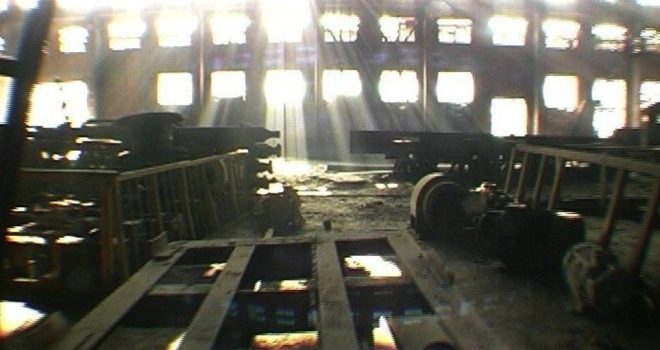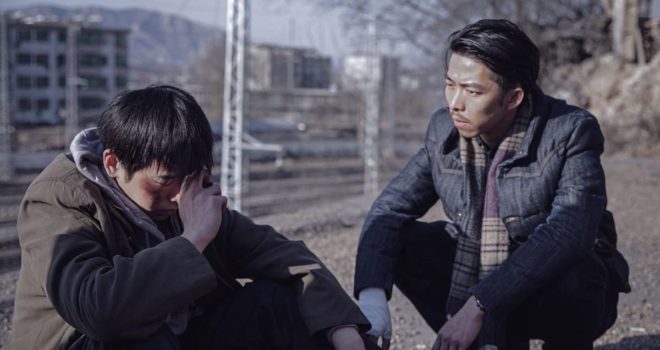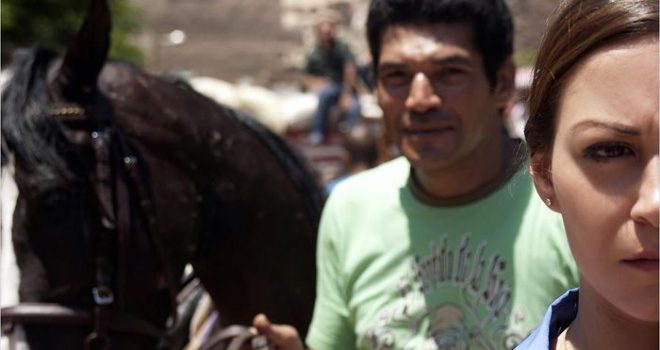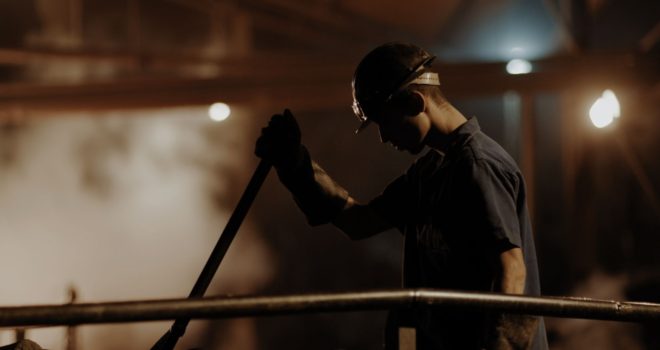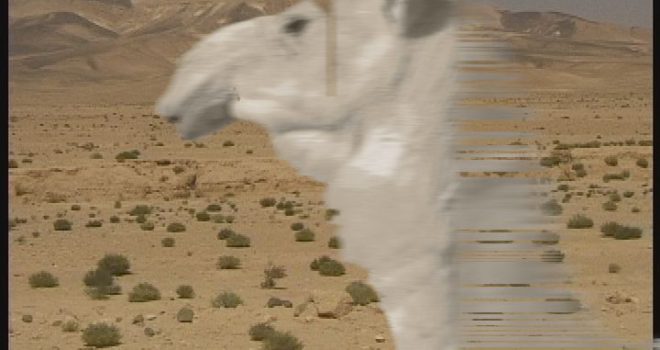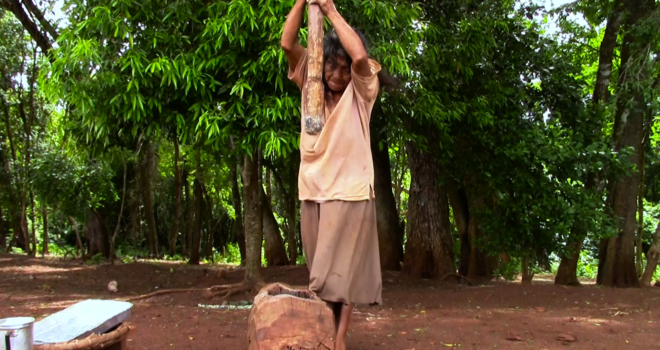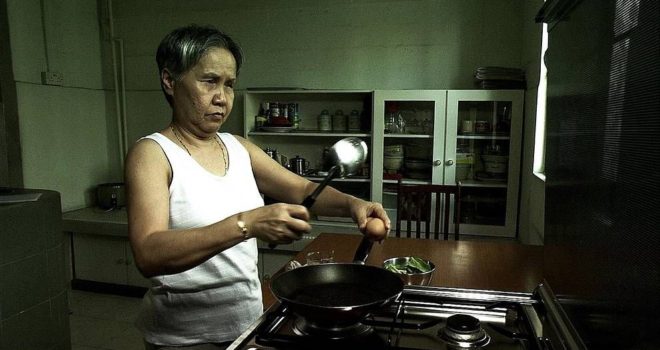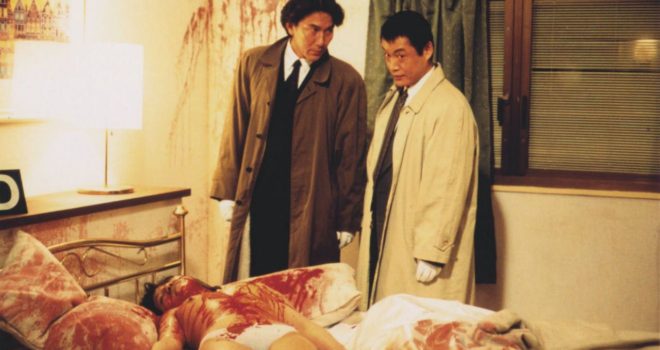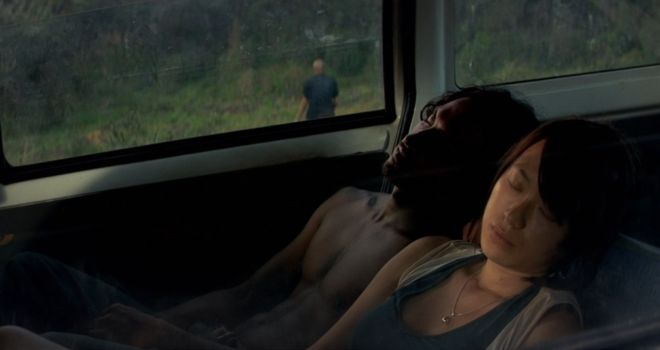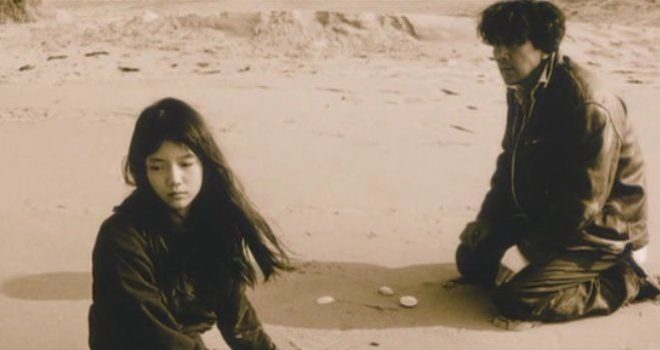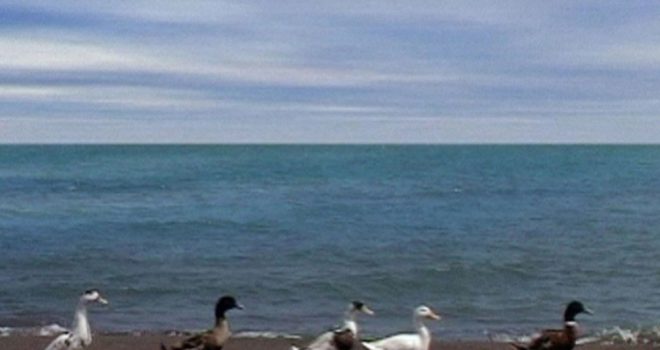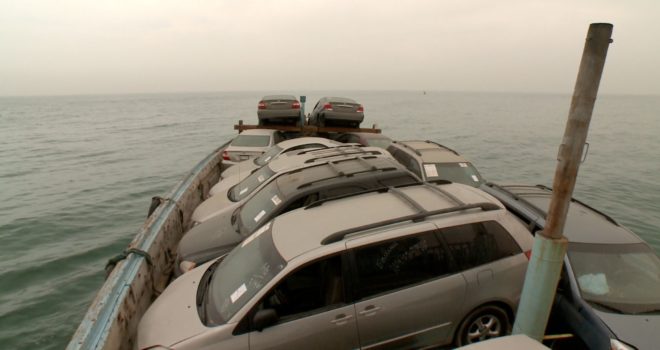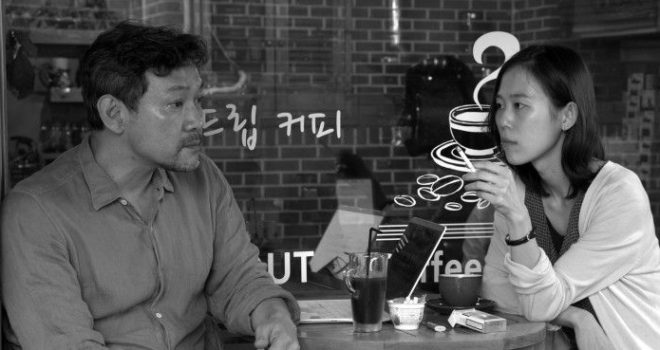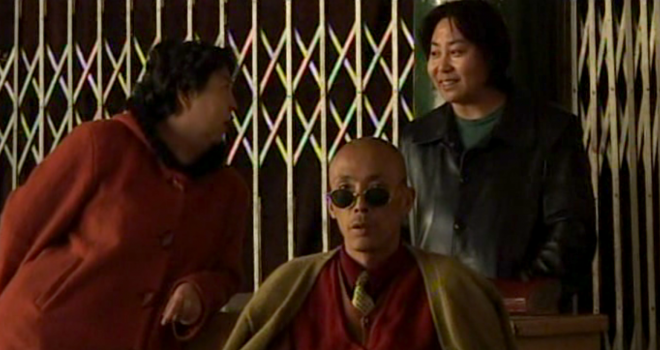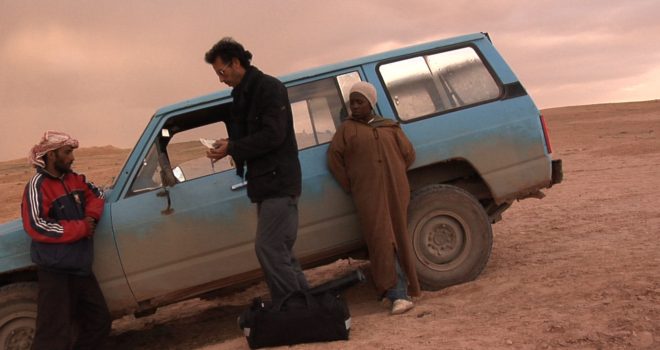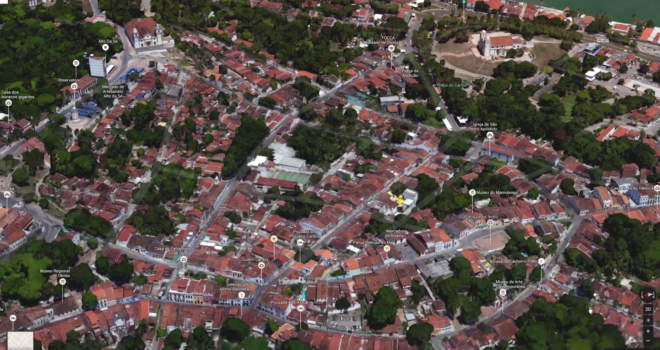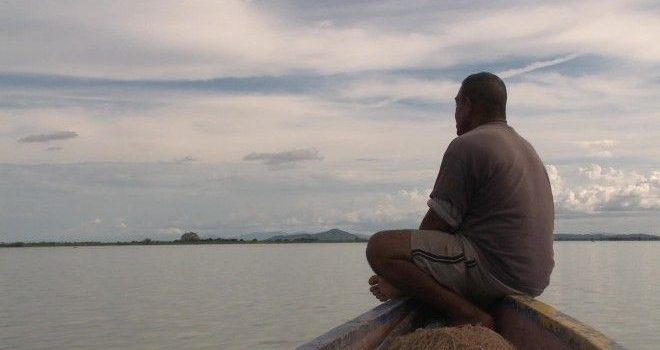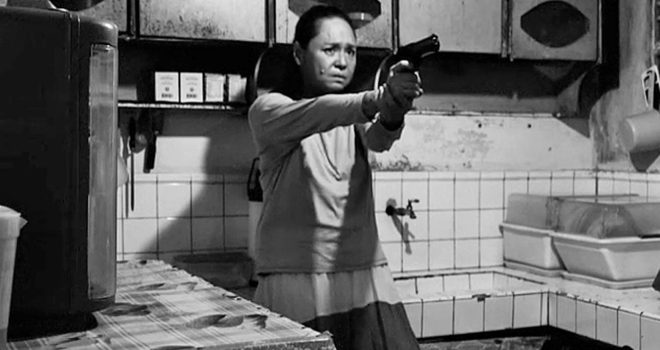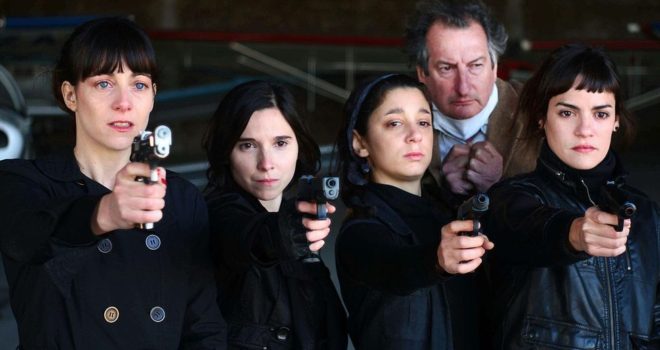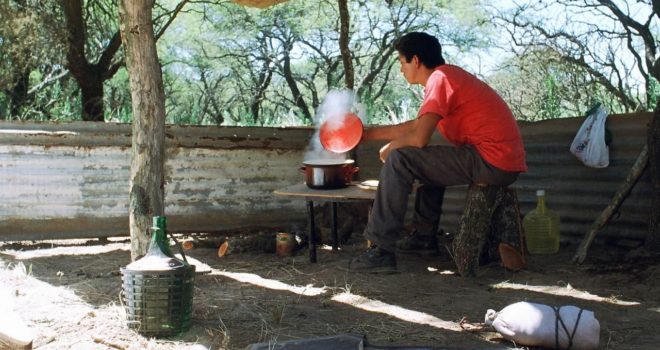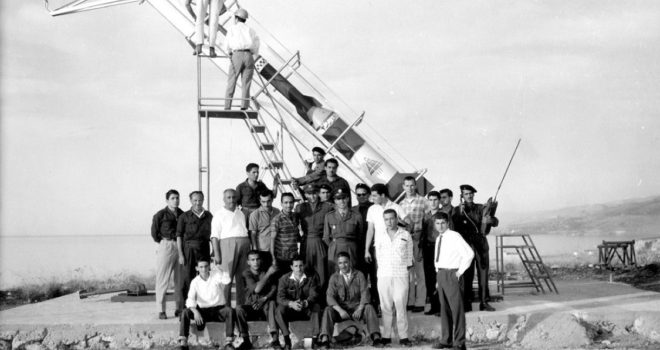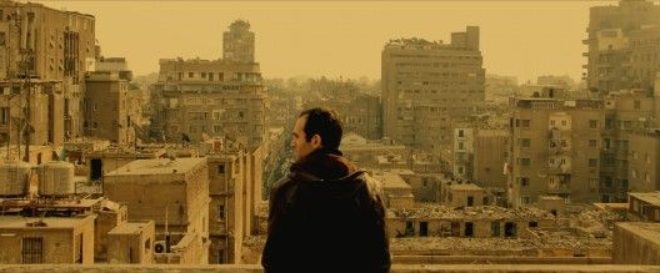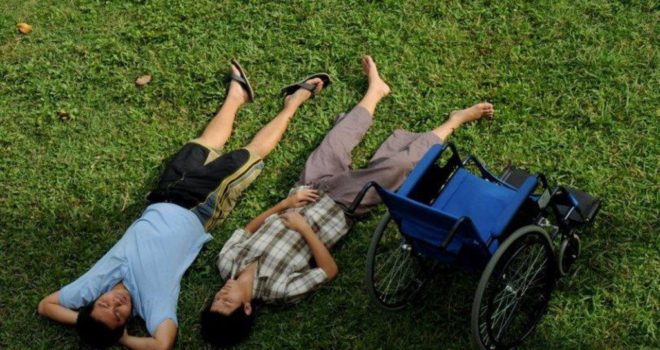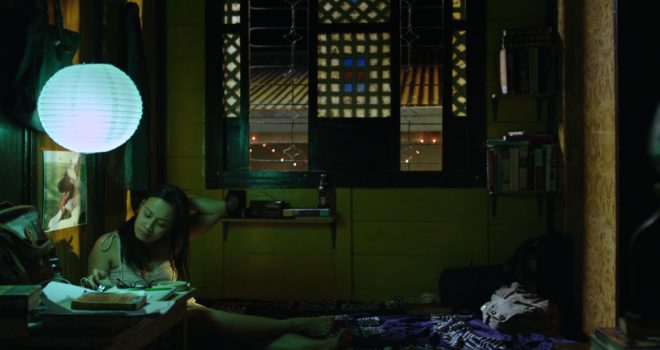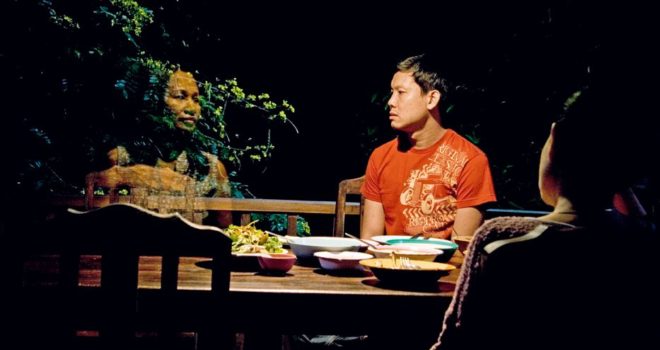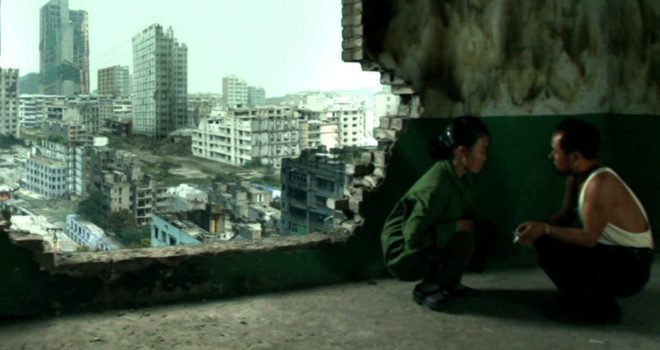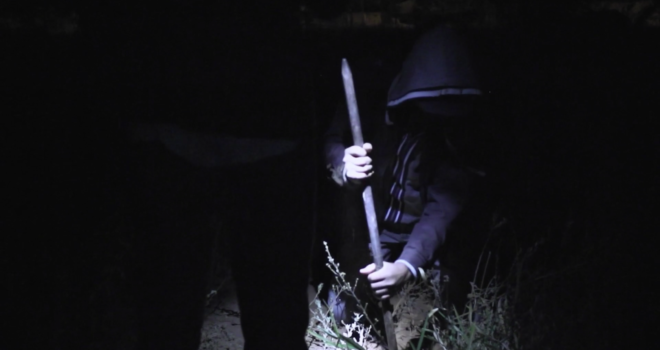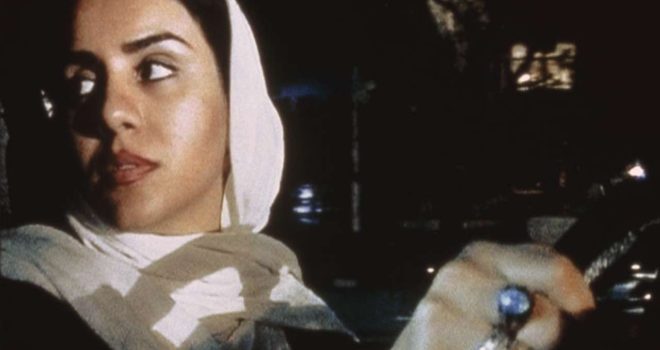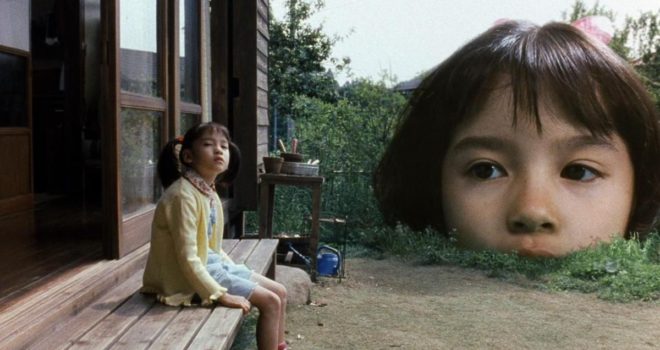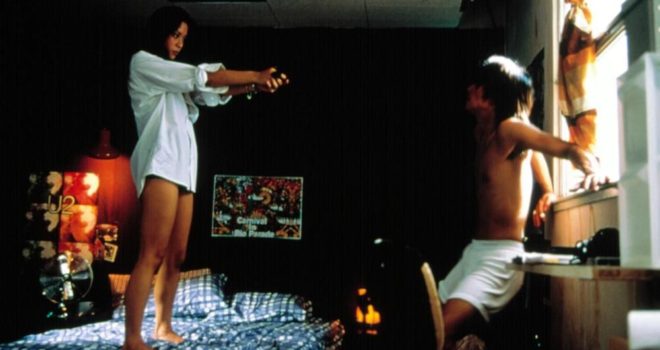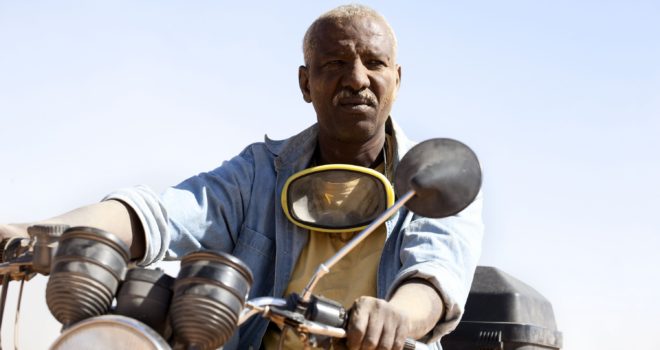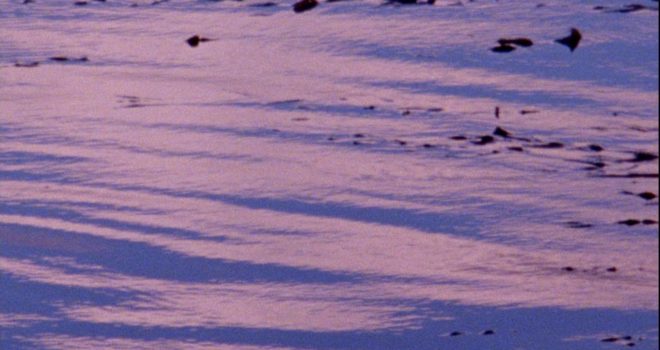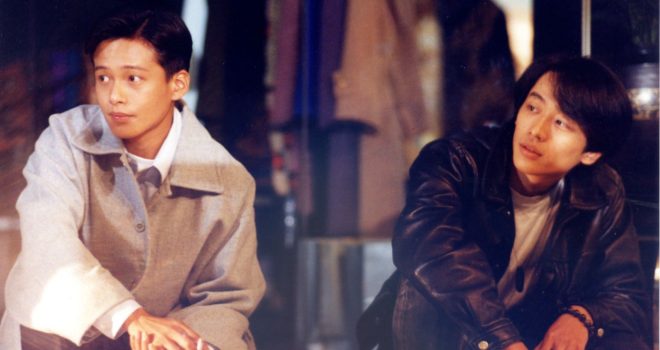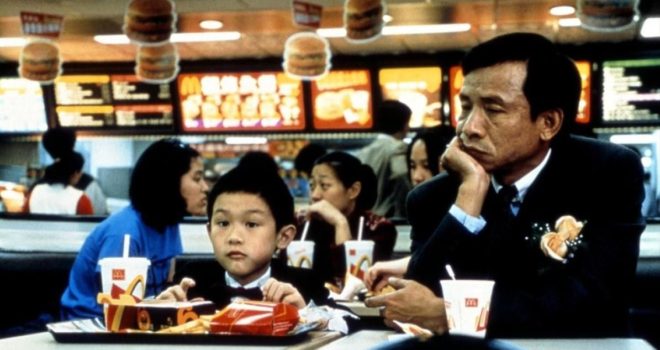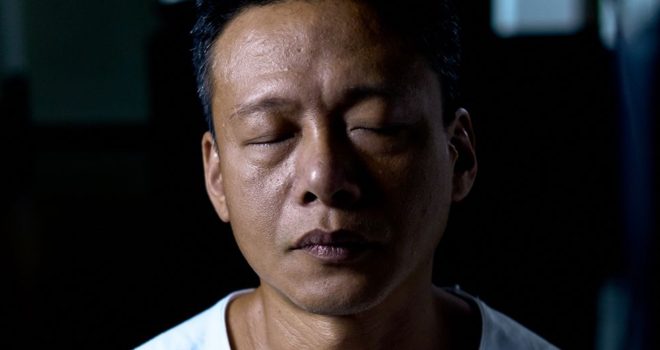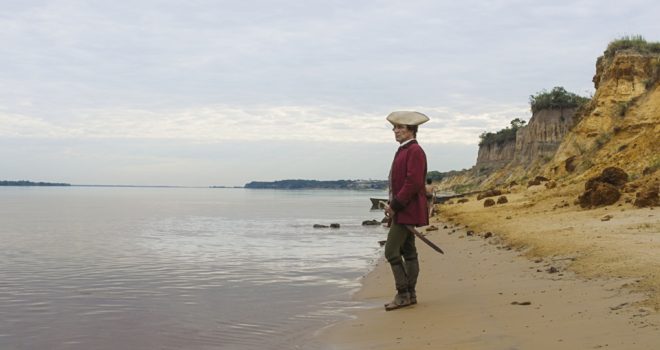For over a century, today as yesterday, cinema continues to shape myriad movements with its images. It follows, prolongs, updates, sometimes takes a distance from what we have learnt to recognise. Each course of action – remaking, reworking, experimenting – gives proof of its vitality through difference. In this way, cinema remains constantly open to the contemporary world, and in doing so, takes an active part in redefining it.
Since our entry into the digital age, a vast reconfiguration seems to have taken place in the field of moving images more precisely, technological advances and new means of communication have provided images with vectors that irresistibly accelerated a process begun at the juncture of the 1970s and 1980s. The moving image slipped a little further towards a system of mercantile massification (television, clips, advertising) and into new offshoots of the visual arts (video-art, computergenerated images). This incited a cinema in mourning for its lost modernity to reflect on the deterritorialisation that was impacting it, particularly as it had been the technical source and aesthetic model of this modernity.
Seeing films, and especially seeing them again, helps us to question what is happening to cinema, encourages us to grasp and identify in this swarm of moving images what still relates to the gestures and operations where it persists and redefines itself. For this reason, we wanted the time of this 40th edition of the 3 Continents Festival to be a step firmly anchored in the present, so as to reaffirm the appeal and aesthetic values of cinema in light of the forms these take today.
A programme of forty films is to be seen from this perspective, associated with the publication of a collective work titled D’autres continents – Mouvances du cinéma présent, co-edited by WARM. They complement each other in their contributions to an overview of cinema as it is today, coupling the pleasure of showing to that of describing and thinking. Neither a “best-of compilation” nor a “Top 40”, the programme basically offers a series of waypoints to replace the images and the often-loose ties they weave with the substance and realities of our world – a proposal for a kind of map. Without restricting the programme’s geography to a genre, a trend, an isolated act or simply a matter of taste, this map gives back to the films their exclusivity. And what we wish is that they themselves reveal their singularities, and that they open up to rapprochements, comparisons, and our insatiable appetite to pinpoint what the films leave in us.
They are watching us. Let’s watch them.
Jérôme Baron



